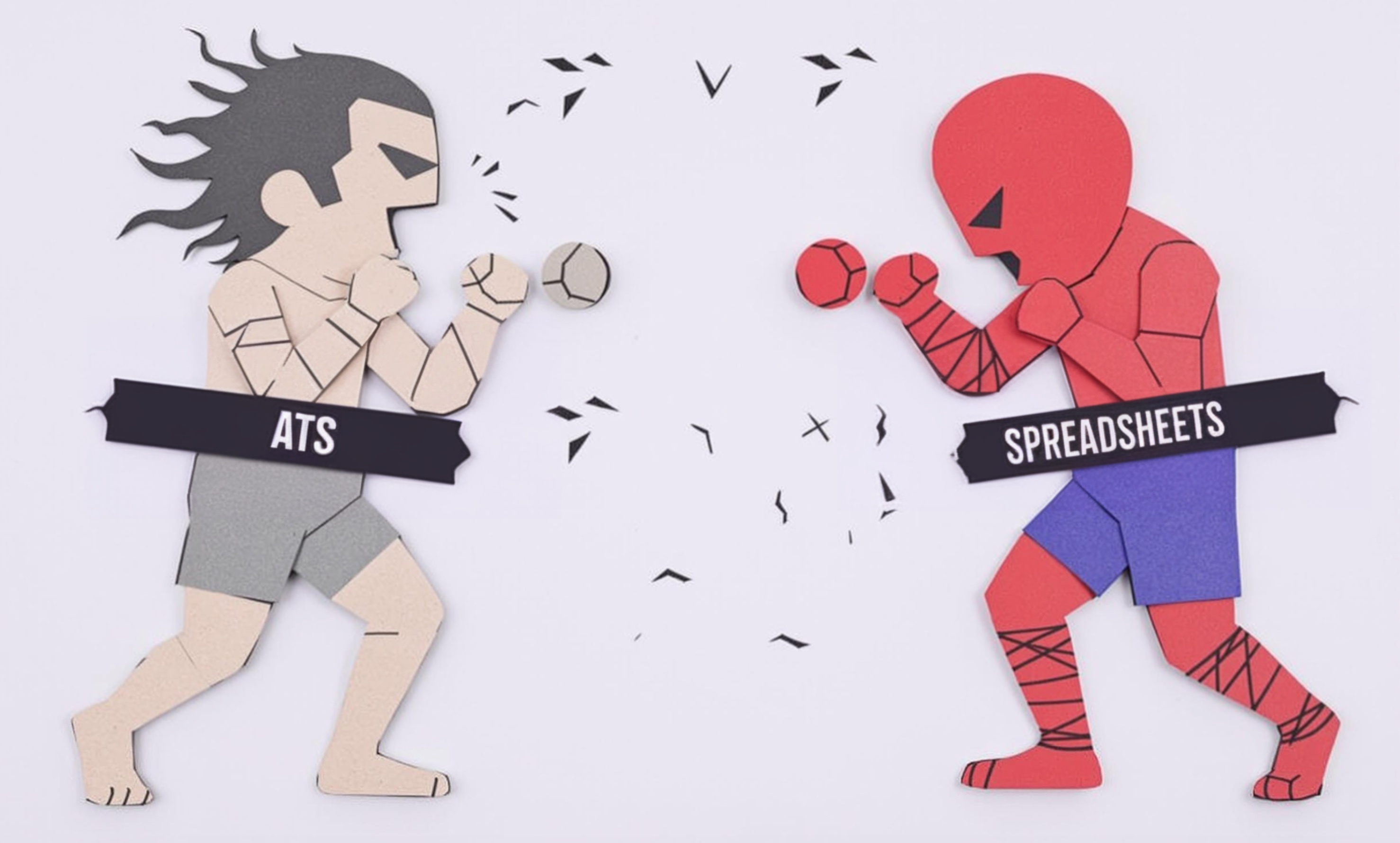
Star Schema
A Star Schema is a way of organizing data that makes it easier to analyze large amounts of business information. Think of it like arranging items in a store: you have a main shelf (fact table) that contains all your sales records, and surrounding smaller shelves (dimension tables) that hold details about products, customers, and dates. This arrangement helps business analysts and data teams quickly find and analyze information, similar to how a well-organized store makes it easy to find products. It's a fundamental concept in data warehousing and business intelligence, making it faster to generate reports and understand business trends.
Examples in Resumes
Designed and implemented Star Schema model for retail sales analysis, improving report generation time by 40%
Created Star Schema and Dimensional Model structure for customer analytics database
Optimized existing Star Schema design to handle increased data volume from multiple departments
Typical job title: "Data Warehouse Engineers"
Also try searching for:
Where to Find Data Warehouse Engineers
Online Communities
Professional Networks
Events & Conferences
Example Interview Questions
Senior Level Questions
Q: How would you decide between using a Star Schema versus other data modeling approaches?
Expected Answer: A senior candidate should explain how they evaluate business needs, reporting requirements, and data volume to make this decision. They should mention trade-offs between query performance, maintenance, and flexibility.
Q: How would you handle slowly changing dimensions in a Star Schema?
Expected Answer: Should explain in simple terms how they track historical changes in dimension tables, using examples like product price changes or customer address updates, and different methods to maintain history.
Mid Level Questions
Q: What's the difference between a fact table and a dimension table in a Star Schema?
Expected Answer: Should explain that fact tables contain business measurements (like sales amounts) while dimension tables contain descriptive attributes (like product details or customer information).
Q: How would you optimize a Star Schema for better query performance?
Expected Answer: Should discuss practical approaches like proper indexing, efficient fact table design, and how to organize dimension tables for faster reporting.
Junior Level Questions
Q: Can you explain what a Star Schema is using a simple example?
Expected Answer: Should be able to describe the basic structure using a simple example like retail sales, explaining the central fact table and connecting dimension tables.
Q: What are the basic components of a Star Schema?
Expected Answer: Should identify the main components: fact table (central table with measurements) and dimension tables (containing descriptive information), using simple business examples.
Experience Level Indicators
Junior (0-2 years)
- Basic understanding of fact and dimension tables
- Simple SQL queries for data analysis
- Basic ETL processes
- Understanding of basic business metrics
Mid (2-5 years)
- Design and implement Star Schema models
- Performance optimization techniques
- Data warehouse ETL development
- Business requirements analysis
Senior (5+ years)
- Complex data modeling and architecture
- Enterprise-level schema design
- Data warehouse optimization
- Team leadership and project management
Red Flags to Watch For
- No understanding of basic database concepts
- Unable to explain the difference between fact and dimension tables
- Lack of experience with data warehouse concepts
- No knowledge of SQL or data analysis tools
Related Terms
Need more hiring wisdom? Check these out...

Building an Unshakable ATS Data Governance Framework: A Guide to Protecting Your Recruitment Goldmine

Beyond Spreadsheets: Why Executive Dashboards in ATS Systems Are Your Secret Hiring Weapon

Automated Scorecards in ATS Systems: Your Secret Weapon for Smarter Hiring Decisions

